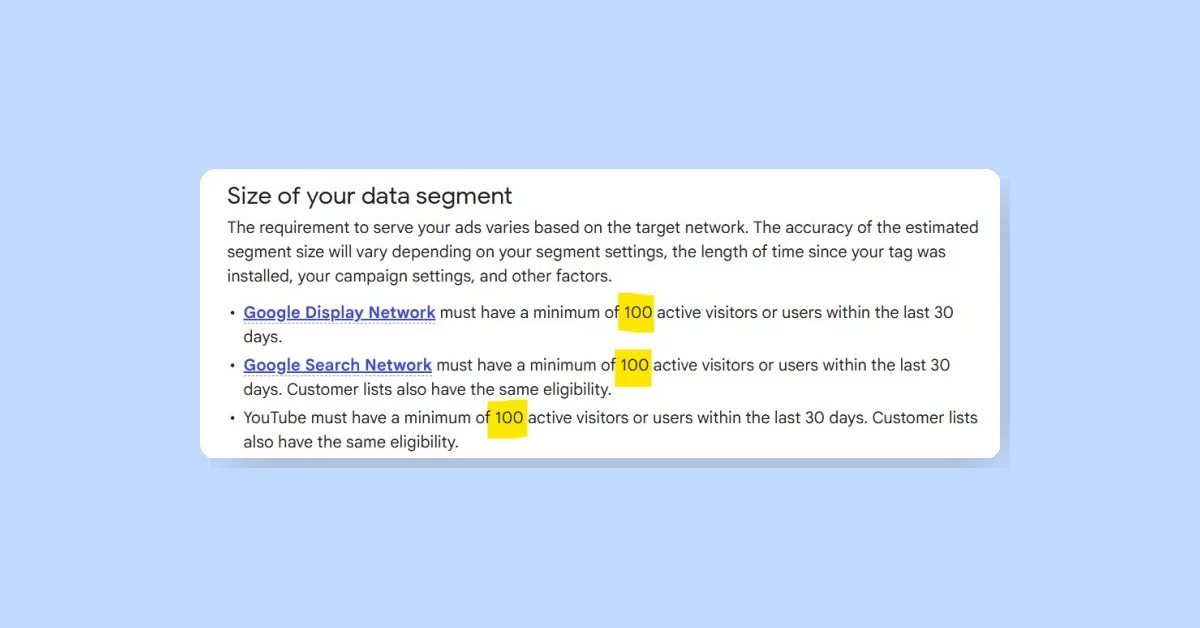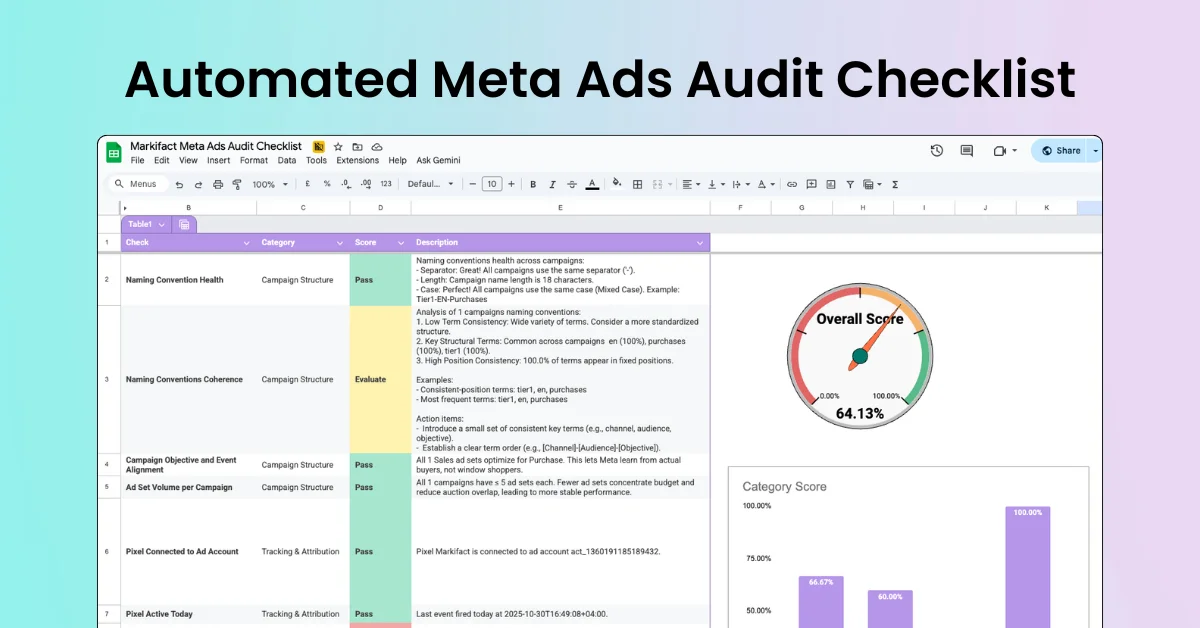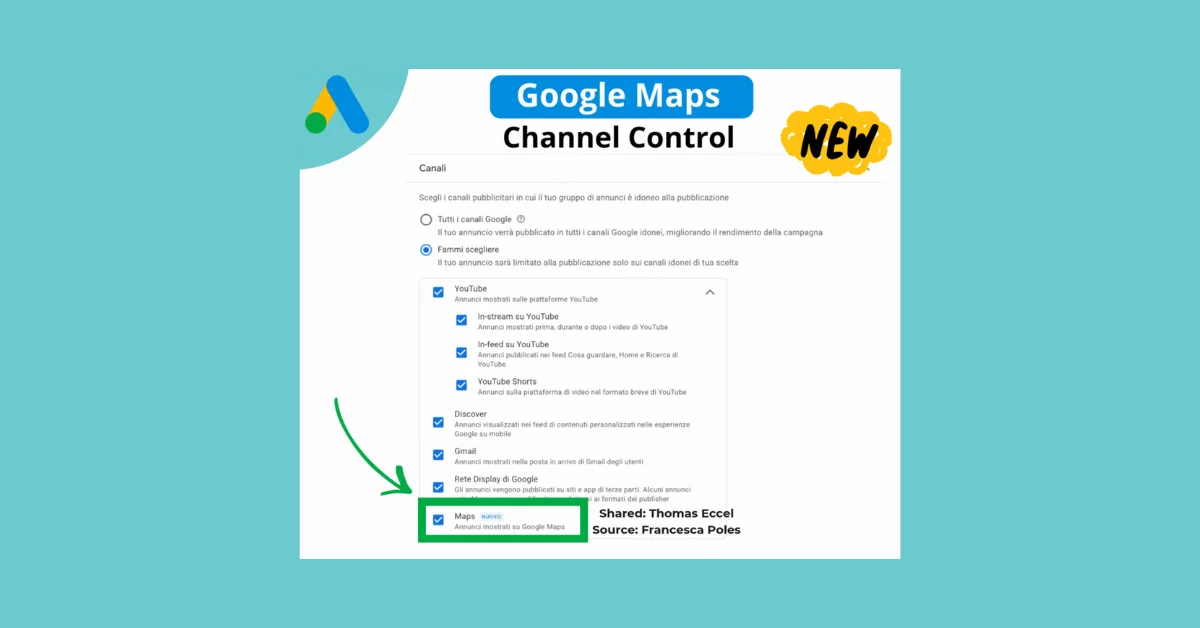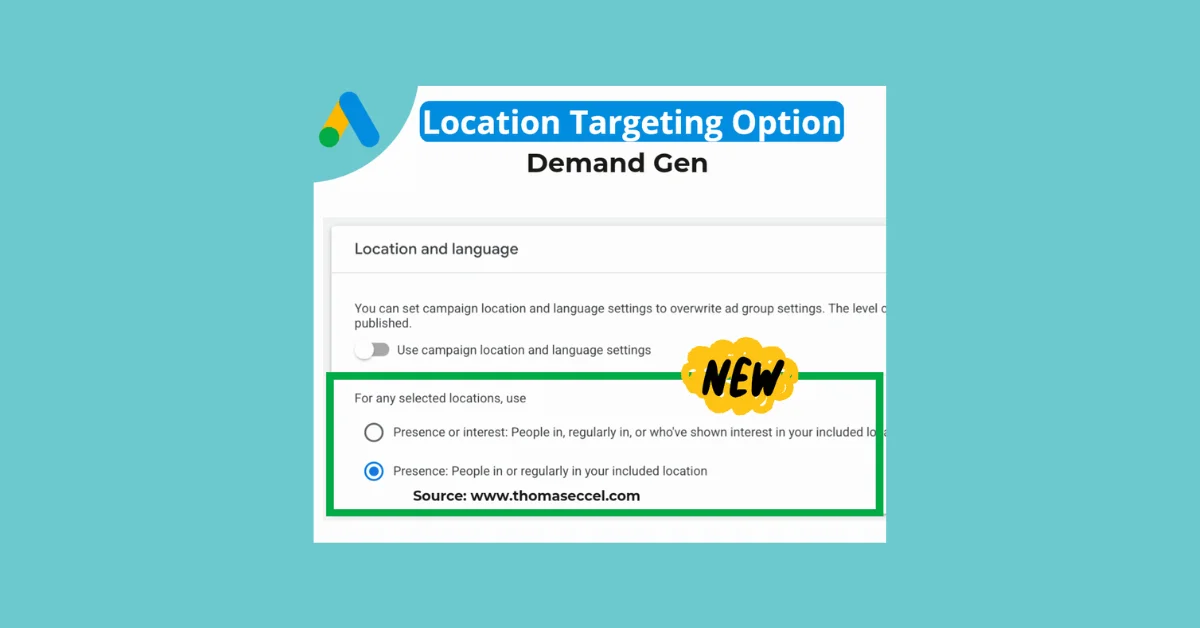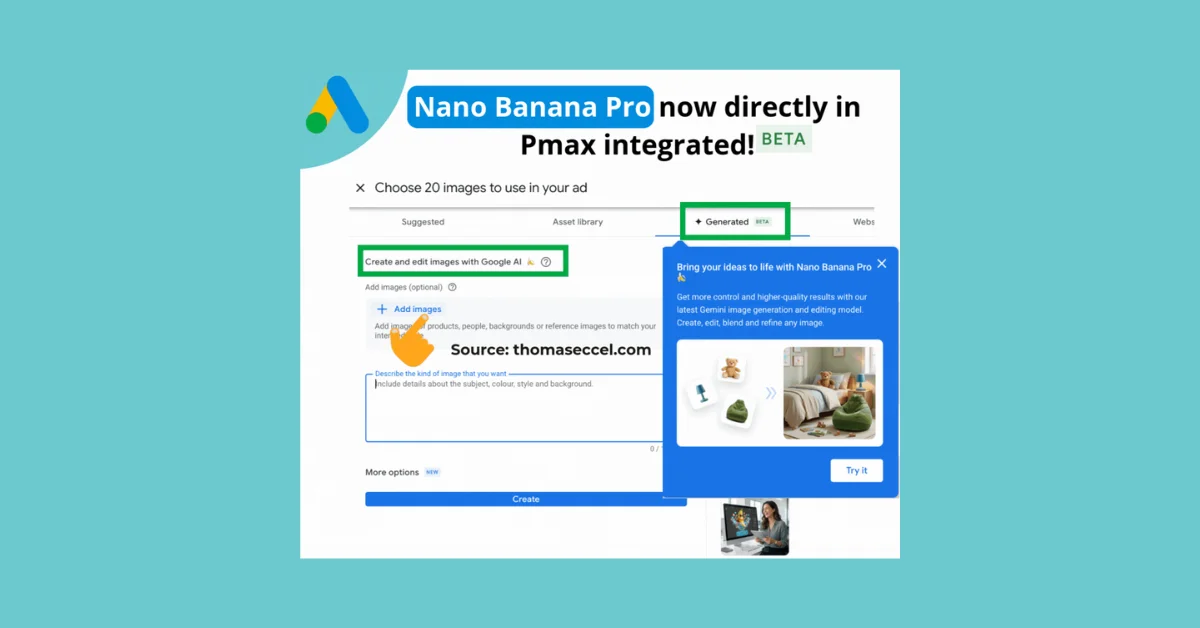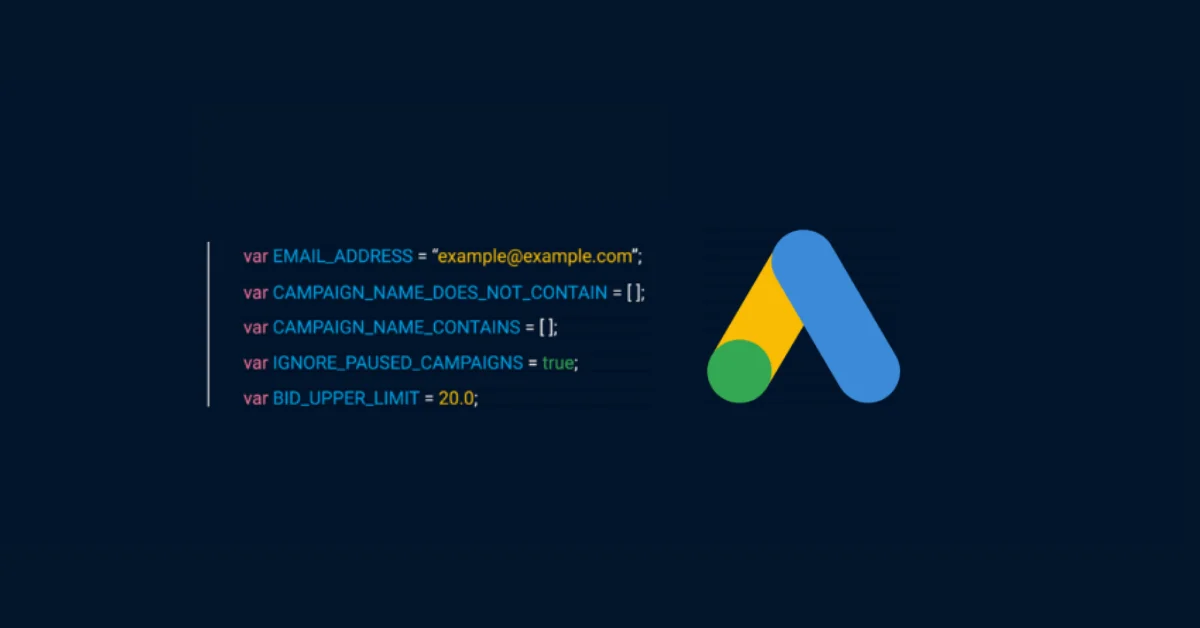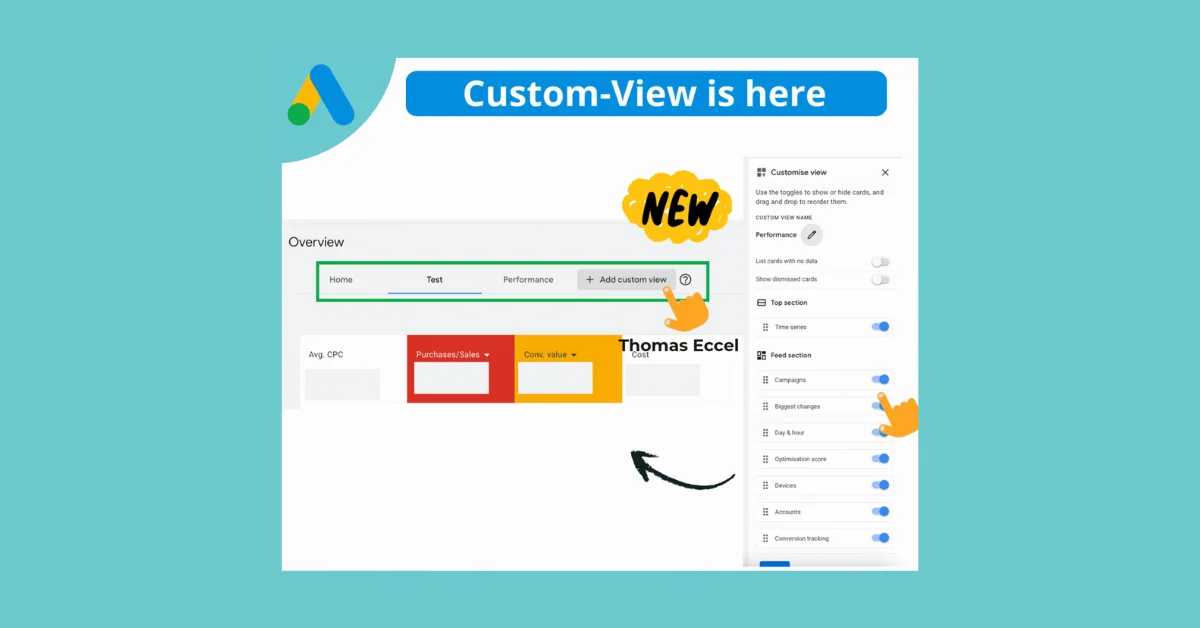Google Ads has rolled out a new set of data columns designed to enhance measurement for Demand Gen campaigns. These new [Conversions (Campaign Type)] columns offer advertisers an alternative perspective on campaign performance, aligning more closely with attribution models used by other advertising platforms.
Key Features
The new columns introduce three main changes:
- Inclusion of view-through conversions (VTCs)
- Isolation of Demand Gen campaigns from other Google campaigns
- Full conversion credit given to the last Demand Gen touchpoint
Attribution Methodology Changes
1. Demand Gen Campaign Isolation
- Conversions are attributed solely to Demand Gen touchpoints
- Other Google campaigns (e.g., Display, Search) are excluded from attribution
- Full credit is assigned to the last Demand Gen interaction
Examples of attribution:
- Google's current attribution: Credit is spread across different Google touchpoints based on data-driven attribution.

- Other platforms' attribution: Full credit is given to their ad, even if other touchpoints exist.

- New Demand Gen attribution: Full credit goes to the last Demand Gen campaign in the conversion path.

2. View-Through Conversion Inclusion
- VTCs are now factored into conversion metrics
- This aligns with industry standards set by other advertising platforms
- Impacts calculations of conversions, conversion rates, Cost Per Acquisition (CPA), and Return On Ad Spend (ROAS)

Example: For a campaign with $1000 USD spend and $100 USD per conversion value:
- Without VTCs: 10 conversions, $1000 total value, 1.0x ROAS
- With VTCs: 30 conversions, $3000 total value, 3.0x ROAS
Implementation and Usage
- The new columns integrate seamlessly with existing reporting views
- Advertisers can use these columns to make more informed budget allocation decisions
- The columns provide an alternative reporting view without impacting optimization or bidding
Best Practices
- Use these columns when comparing Demand Gen performance to campaigns on other platforms
- Do not use them to compare Demand Gen with other Google Ads products
- Ensure similar campaign structures when comparing across platforms:
- Use the same conversion events and attribution windows
- Follow platform-specific budget best practices (e.g., $100-500 USD per ad group for Demand Gen)
- Choose similar bid strategies (e.g., Max conversions, Max conversion value, tCPA, tROAS)
- Match audience targeting, creative elements, and landing pages as closely as possible
Related Columns
Google Ads has introduced several related columns to help calculate ROI metrics, including:
- Cost / conv. (campaign type)
- Conv. rate (campaign type)
- Conv. value (campaign type)
- Conv. value / cost (campaign type)
- Conv. value / clicks (campaign type)
- Value / conv. (campaign type)
- Conv. (campaign type and by conv. time)
- Conv. value (campaign type and by conv. time)
- Value / conv. (campaign type and by conv. time)
As advertisers incorporate these new columns into their reporting, they may gain valuable insights into the true performance of their Demand Gen campaigns within the broader digital advertising ecosystem. This update represents Google's effort to provide more comprehensive and comparable data for Demand Gen campaigns.


